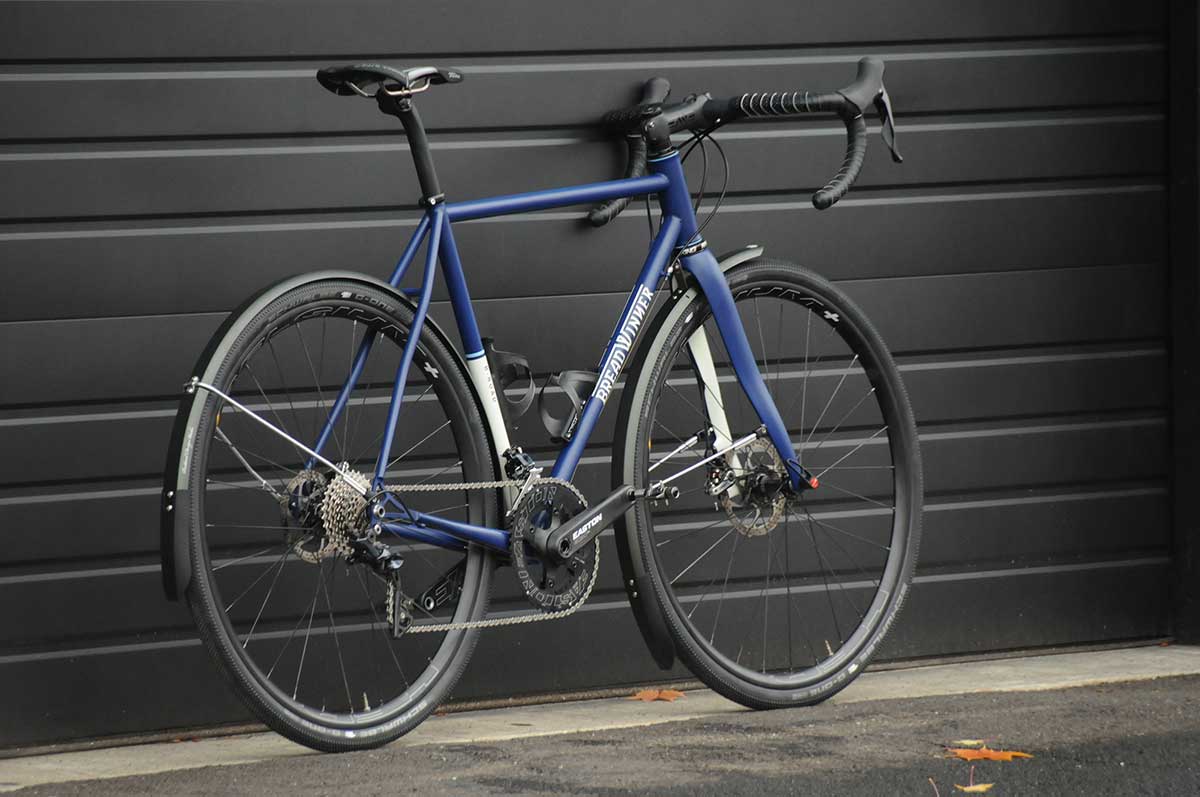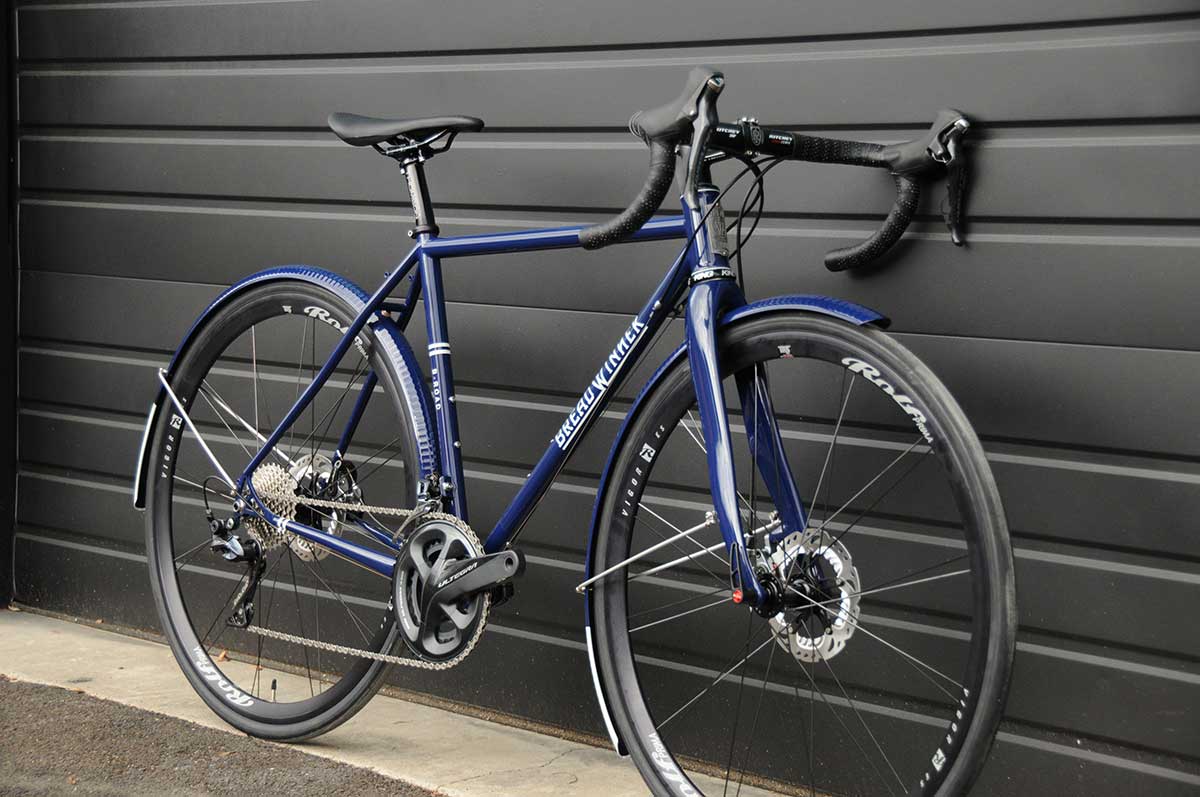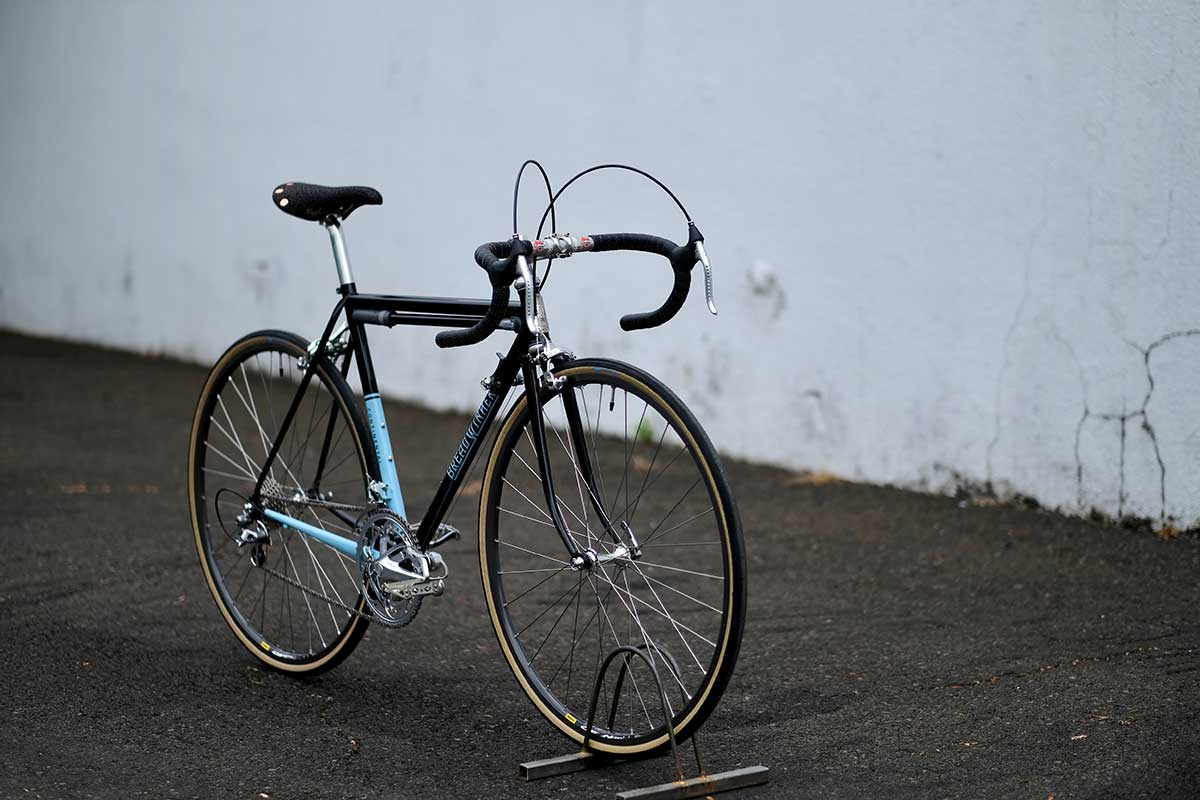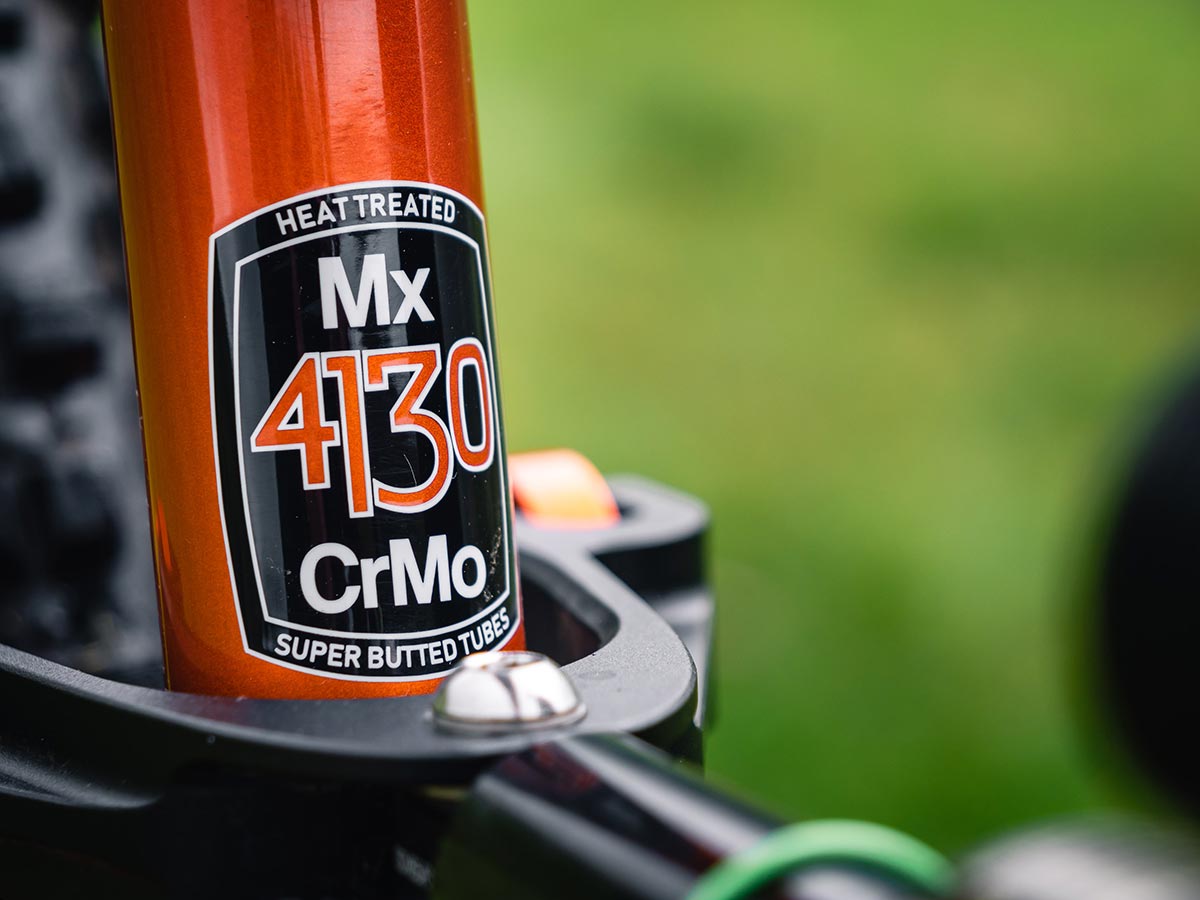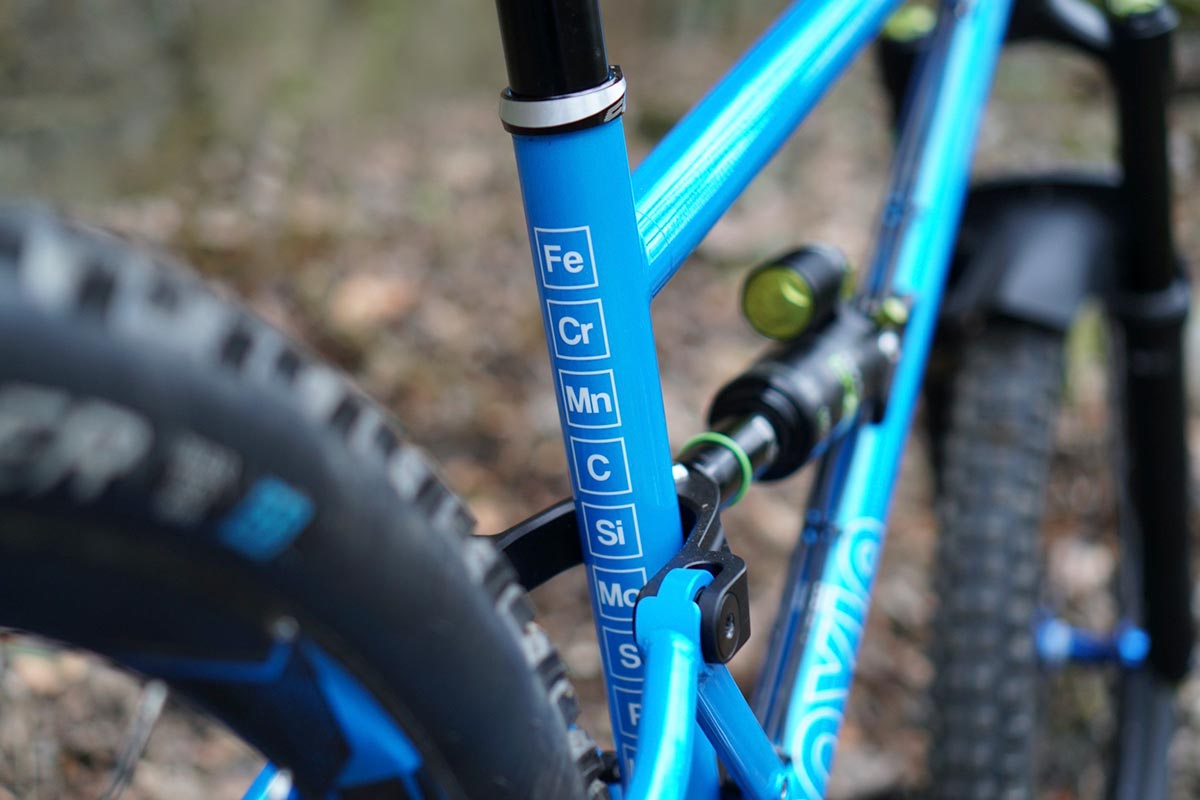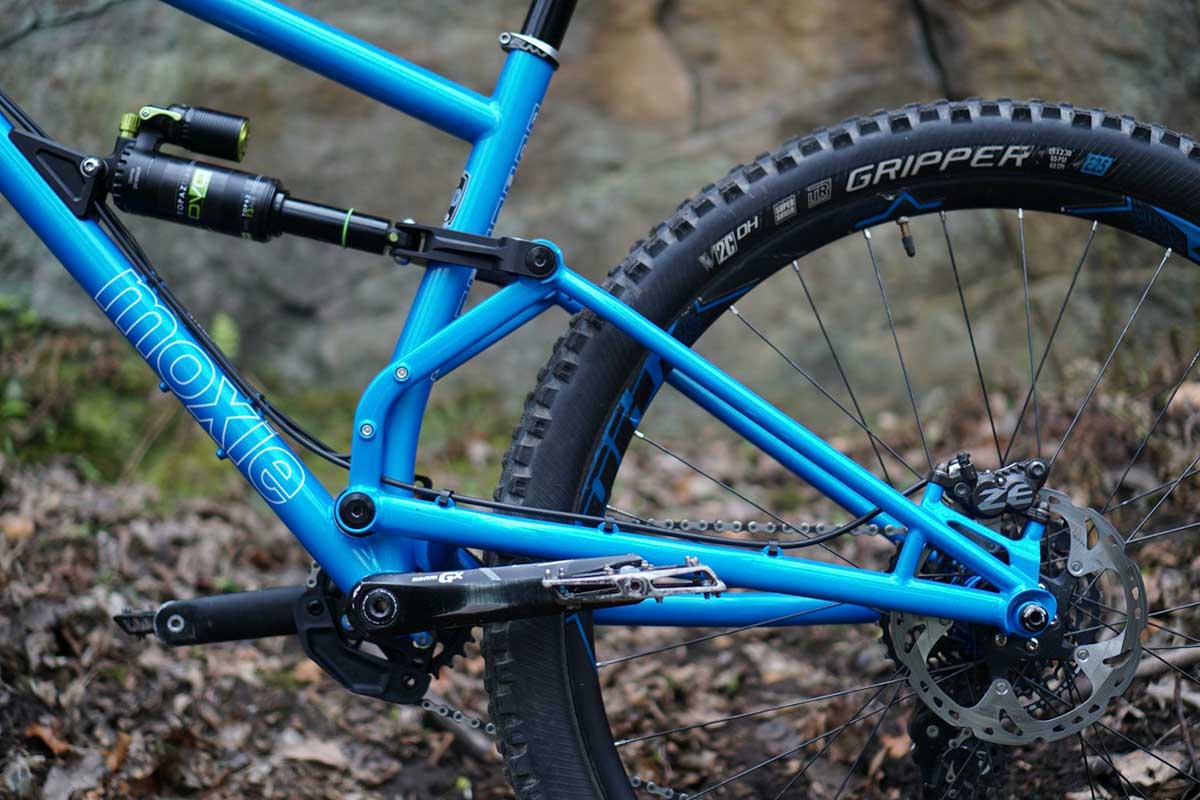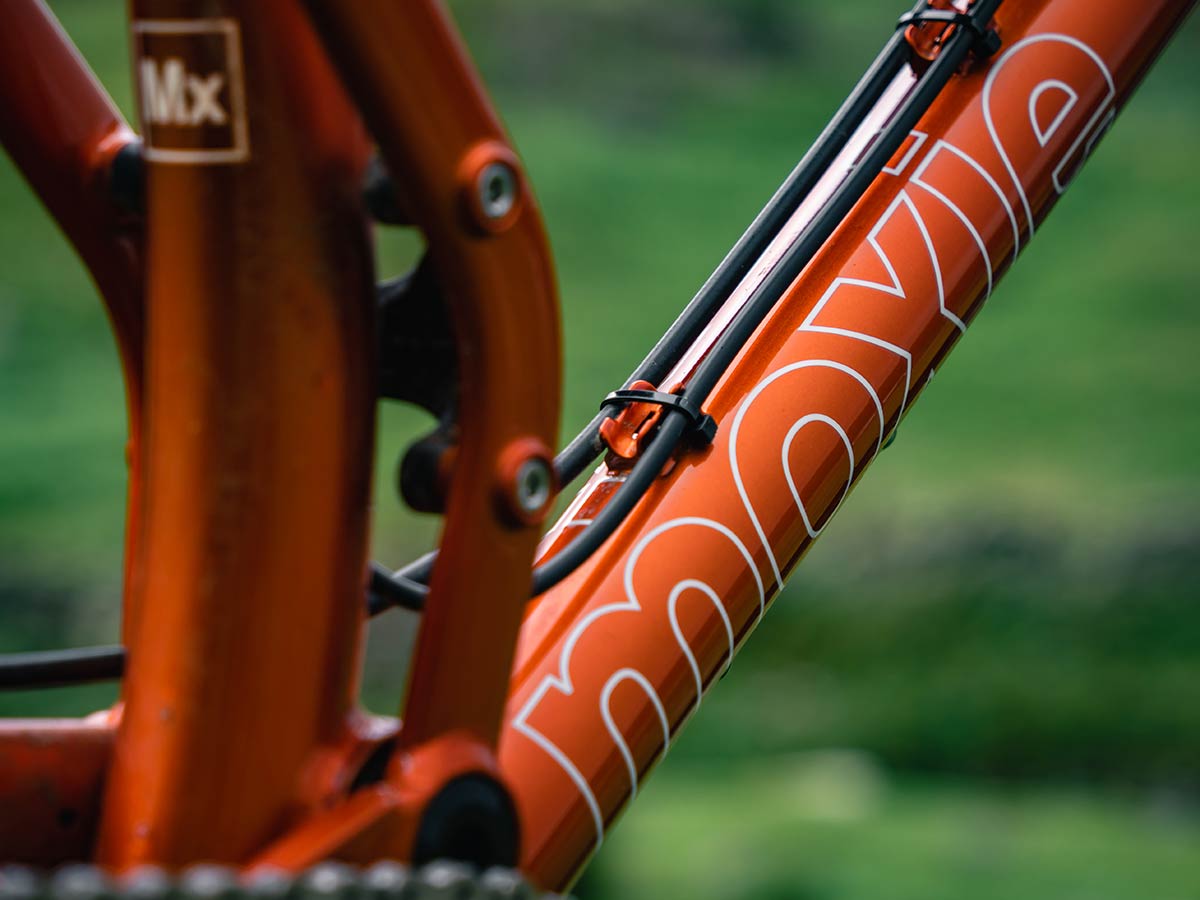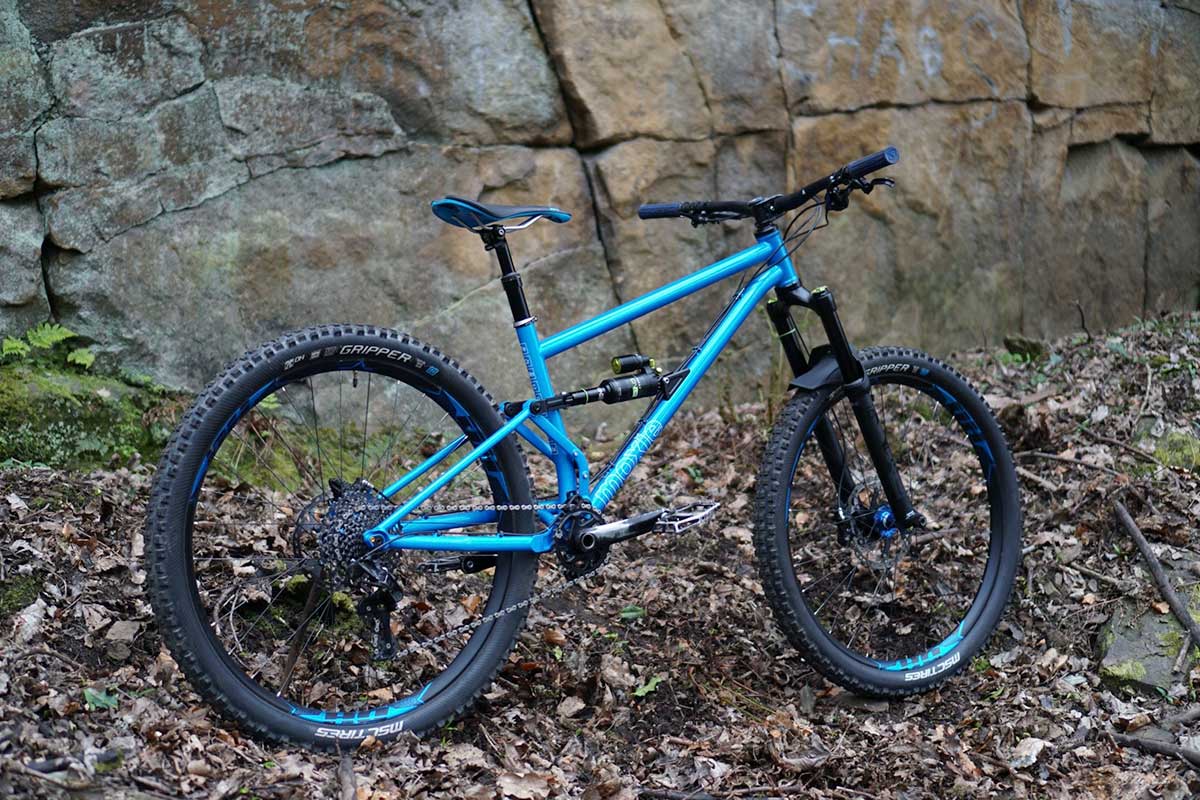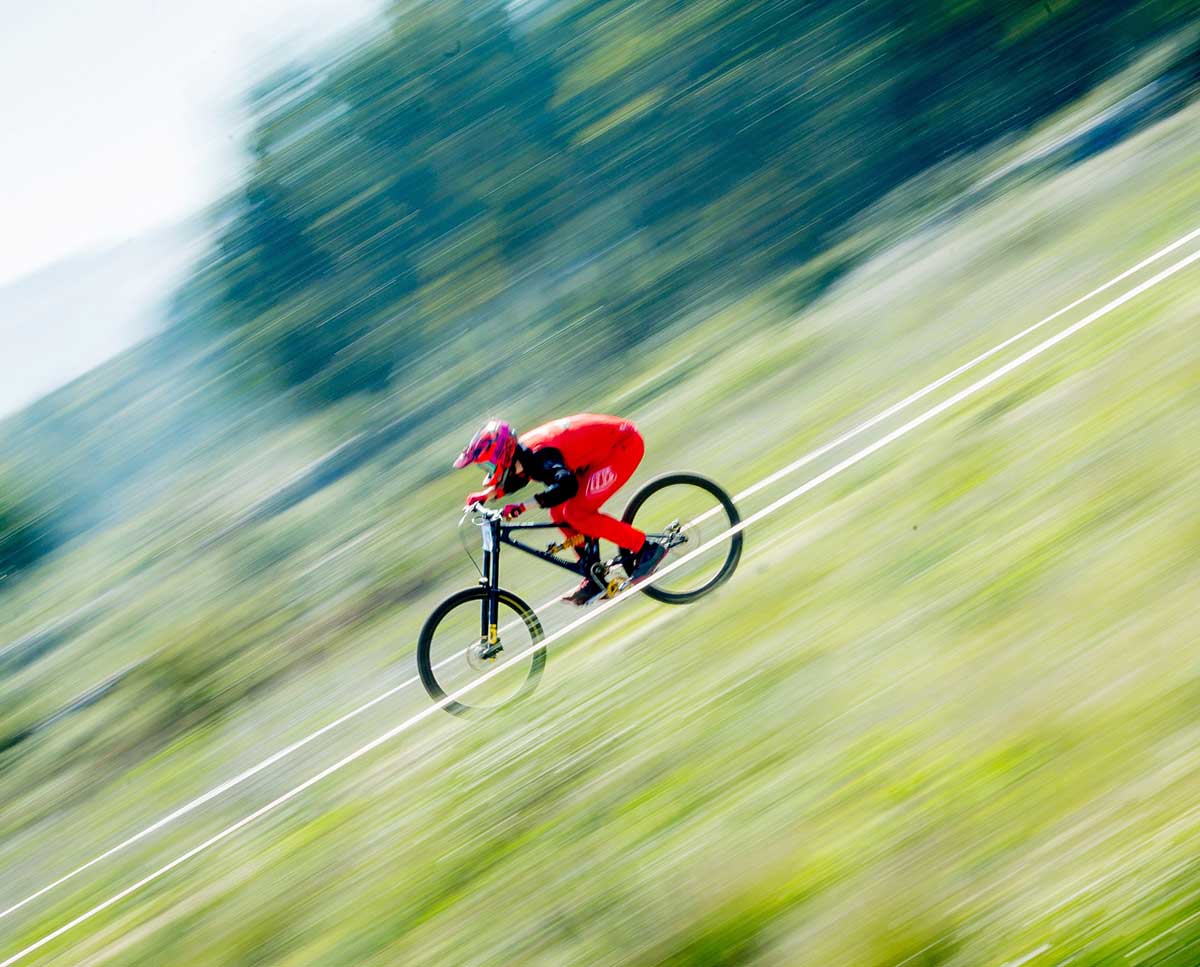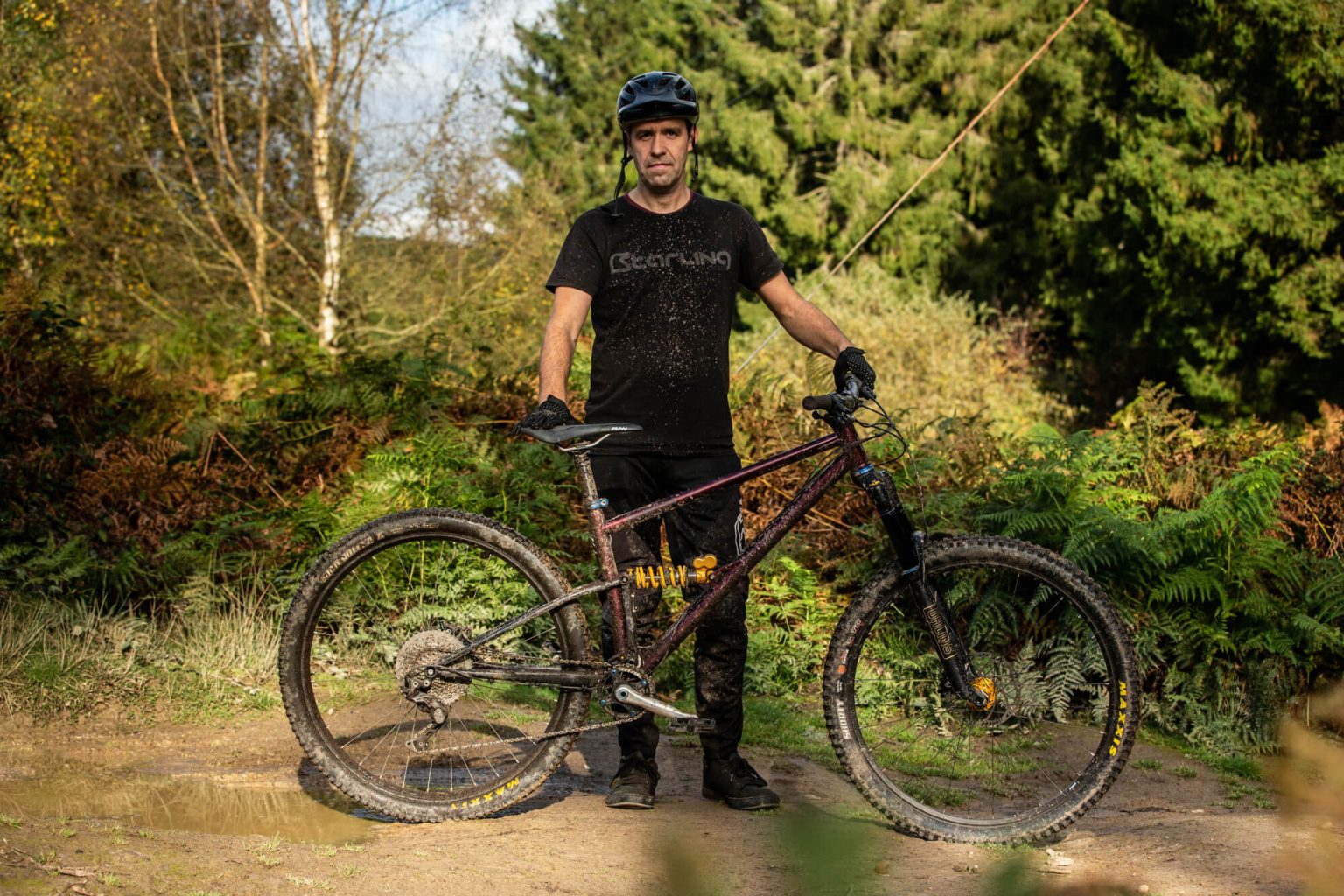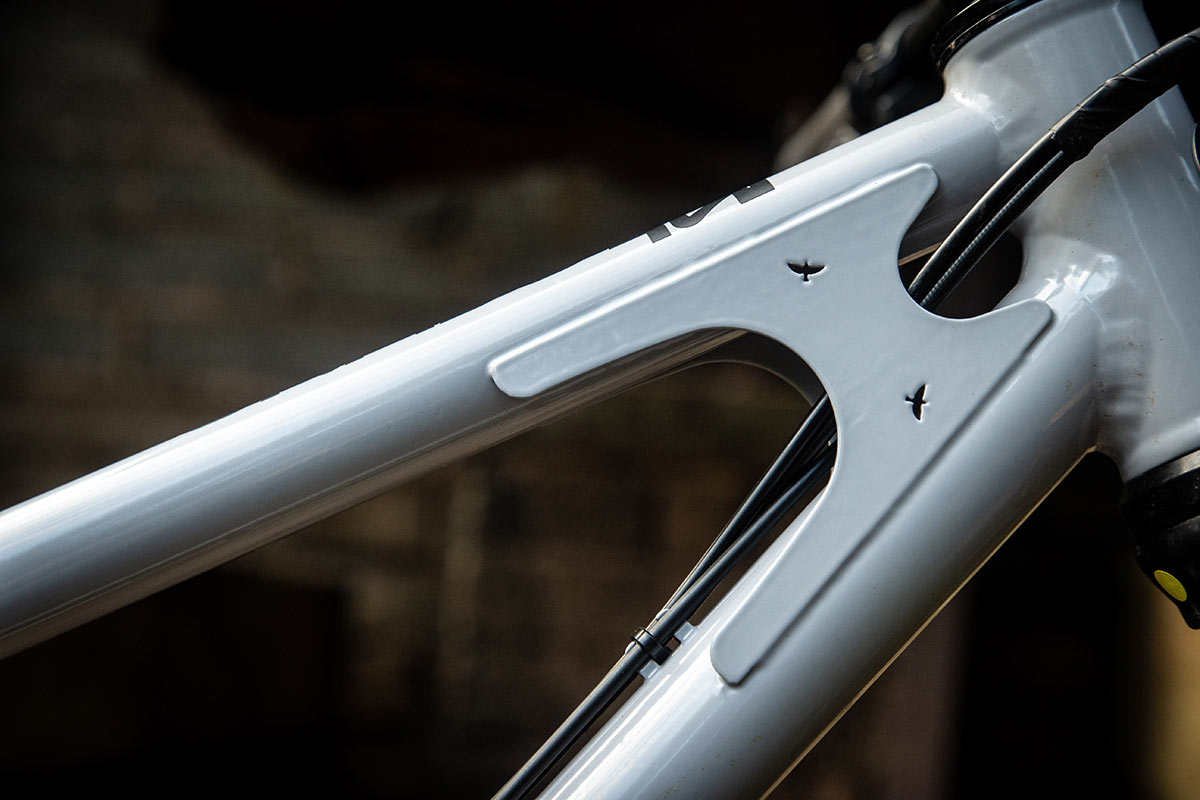We know, there’s no such thing as a stupid question. But there are some questions you might not want to ask your local shop or riding buddies. AASQ is our weekly series where we get to the bottom of your questions – serious or otherwise. Hit the link at the bottom of the post to submit your own question.
Welcome back to the Bikerumor Ask A Stupid Question series. Following recent discussions of the rather more popular frame materials, aluminium and carbon, this week we turn to good old fashioned steel.
There’s a multitude of steel tubing options out there for bike frame fabrication, and different manufacturers have different preferences, dependent on the type of bicycle they’re creating. This week we have a selection of expert frame builders and designers from small to medium sized brands:
- Ira Ryan, Co-Founder and Frame Builder at Breadwinner Cycles
- Alan Finlay, Founder and Designer at Pipedream Cycles
- Joe McEwan, Founder and Frame Builder at Starling Cycles
What type of steel tubing is best for bicycle frame fabrication, and does it differ depending on the style of frame you’re building (mountain, road, gravel, full suspension)?
Breadwinner Cycles: I wish there was a straightforward answer but it’s more nuanced than that.
There are many options for bicycle frame materials out there and they each have pluses and minuses to them. We feel strongly that high end steel is the best balance for a light weight bicycle frame. Breadwinner Cycles has been building with Columbus tubing since day one and I have been using Columbus steel since 2005.
Lumping all steel chromoly tubing into one category is a bit misleading. Saying a Surly is the same as a Breadwinner bike is not the right way to view this wonderful frame material. Low grade chromoly is often cheap and heavy whereas high quality tubing from a company like Columbus can be used to make a very light frame that is ride tuned to match the rider’s size, style and aesthetic.
Steel has a much greater tensile strength over carbon or aluminum meaning it will handle decades of hard riding and it also has a natural spring to it which can translate to a nice snap in a well-designed frame. The frame material is only part of the equation with the geometry and selection of tubing thickness and diameter adding up to the whole. Our frames are designed to blend the light weight tubing with a design that is strong and handles well.
Our gravel and CX frames use Columbus Spirit tubing for the main triangle and Columbus Zona for the rear stays to offer some compliance for rough terrain. Our Lolo road bike which is designed for racing and fast riding uses double over-sized Columbus Spirit tubing which makes the frame stiffer and lighter because the tubing has a thinner wall.
 Our mountain bikes use Zona tubing which is better for hard riding and also more dent resistant. The thicker wall tubing coupled with a larger diameter helps keep the frame stiff despite the longer tubing.
Our mountain bikes use Zona tubing which is better for hard riding and also more dent resistant. The thicker wall tubing coupled with a larger diameter helps keep the frame stiff despite the longer tubing.
Another aspect we love about steel as a frame material is the ability to repair it if a frame is damaged. Carbon fiber, most aluminum alloys and Ti alloys can’t be recycled and most are very hard to repair if at all.
It is important to us to be able to offer a choice that is easier on the planet and keeps bikes out of landfills. On a more “woo woo” side, I love working with a material that has some character and changes with time. Steel is relatable and I love knowing that my frame is built from high-end, hand-picked tubing.
Pipedream Cycles: Behind the label(s), the steels commonly used for high-performance bicycle frame fabrication are typically High Tensile Carbon Steels. They contain various elements to optimize their properties and the steel is classified accordingly to industry and international standards.
Chrome-moly steel, based on the industry standard 4130 steel alloy, is one of the most widely used for steel frame fabrication. This steel ‘super alloy’ has incredible strength which can be further increased by heat treatment.
Steel tubing is relatively easy to work with: it can be butted, bent, shaped (formed) or machined and, with the appropriate skill, brazed or welded into a bicycle frame. The diameter, shape, tube thickness and butting are all important considerations, and these variables will determine the ‘feel’ – comfort, compliance, flexibility or stiffness – and also the strength and the weight of the frame.
Consequently, the selection of frame tubes will (and should) differ depending on the type of frame being built, allowing the designer to ‘optimize’ the characteristics, properties, and performance of the bike.
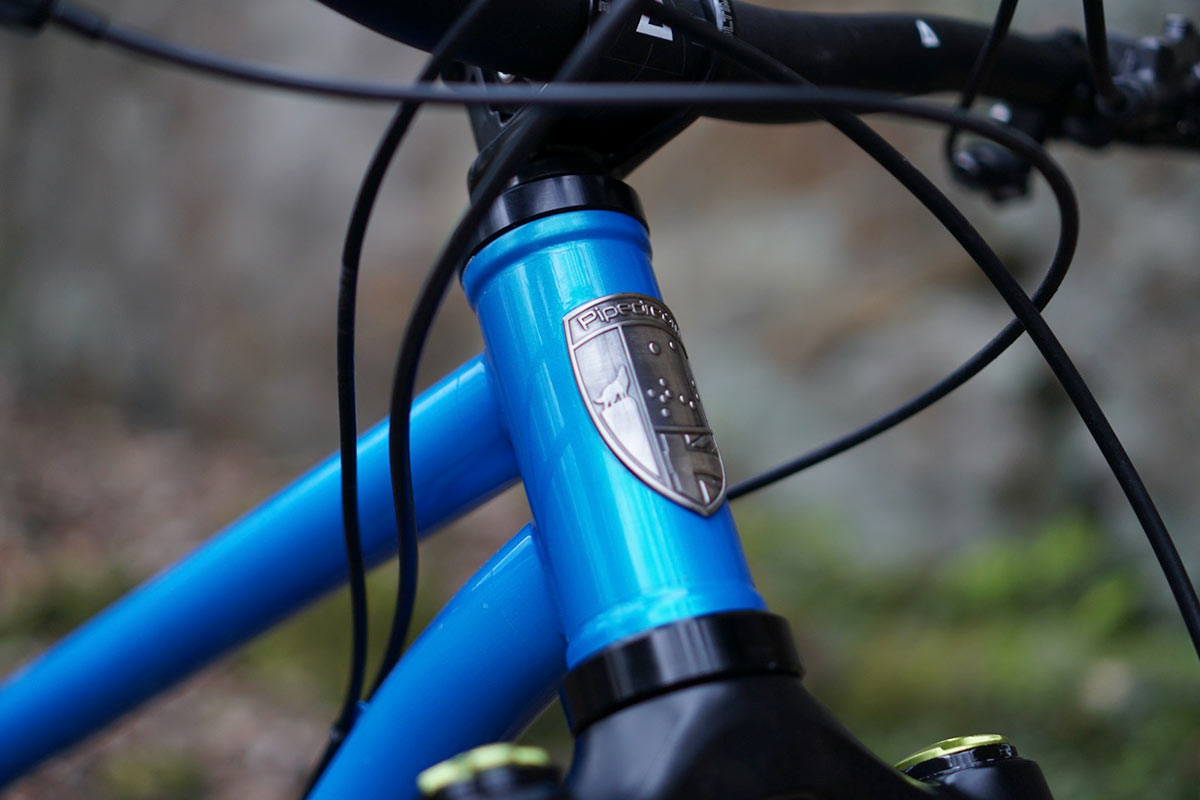
‘Frame-specific’ tubing is the “best for bicycle frame fabrication” as the tubeset is designed specifically for the geometry and intended purpose of the frame but, it’s very expensive to make. However, if you’re producing frames in batches, producing a special tubeset could be justified. Off-the-rack tubing (and there are a number of options) are more economical, and are suitable for most applications and, with some creativity and sound engineering practices, can be made to work.
The final distinction to be made in defining what’s best (taking into account the style of the frame) is the difference between an off-the-peg (batch-produced) frame and a custom-built frame. The custom frame is unique and is designed and fabricated to the specific needs of one rider. Their dimensions, weight, riding style (among other things) will be considered in the selection of the tubes.
A batch-produced frame is built to internationally recognized safety standards and is suitable for a wide spectrum of riders who, for a given frame size, may differ in weight (and finesse) by a considerable amount so (all other things being equal) a heavy and aggressive rider might find the frame is compliant but a lighter rider might find the same frame stiff.
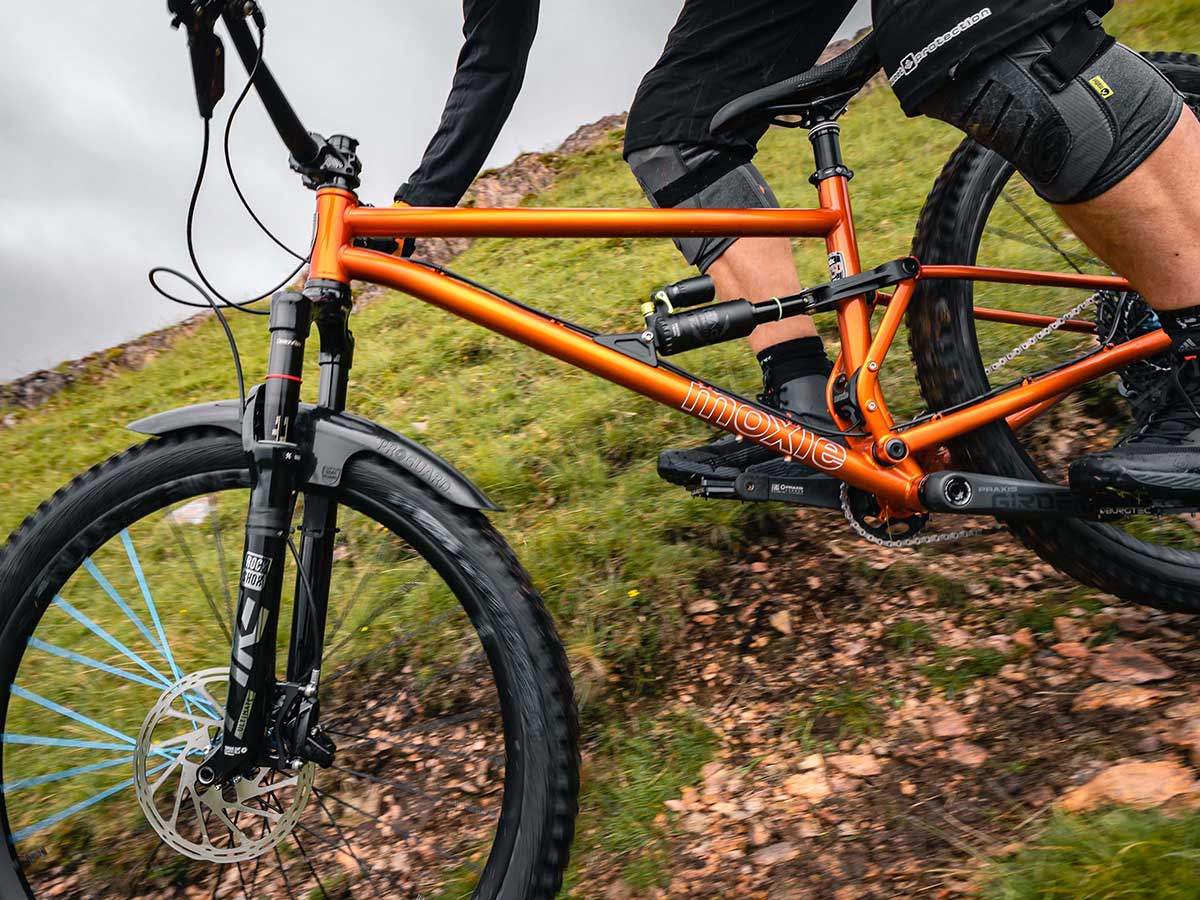
So, if we’re discussing steel, it is not simply what the frame is made of: the design of the frame and the specification of the tubing – the butting, shape and profile – and the skill(s) of everyone involved in the fabrication process is what’s really important in maximizing the performance and enjoyment of the bicycle. When ‘the stars are aligned’, magic is made… then the rest is up to you, the rider.
Starling Cycles: The best steel for bike frames is not carbon or aluminium. Only joking!
Choosing steel for a bike is a function of a few parameters: weight, stiffness strength (static and fatigue), longevity, manufacturability and cost (and probably some others). But we can simplify this complex choice very quickly with a couple of useful bits of information about weight and stiffness.
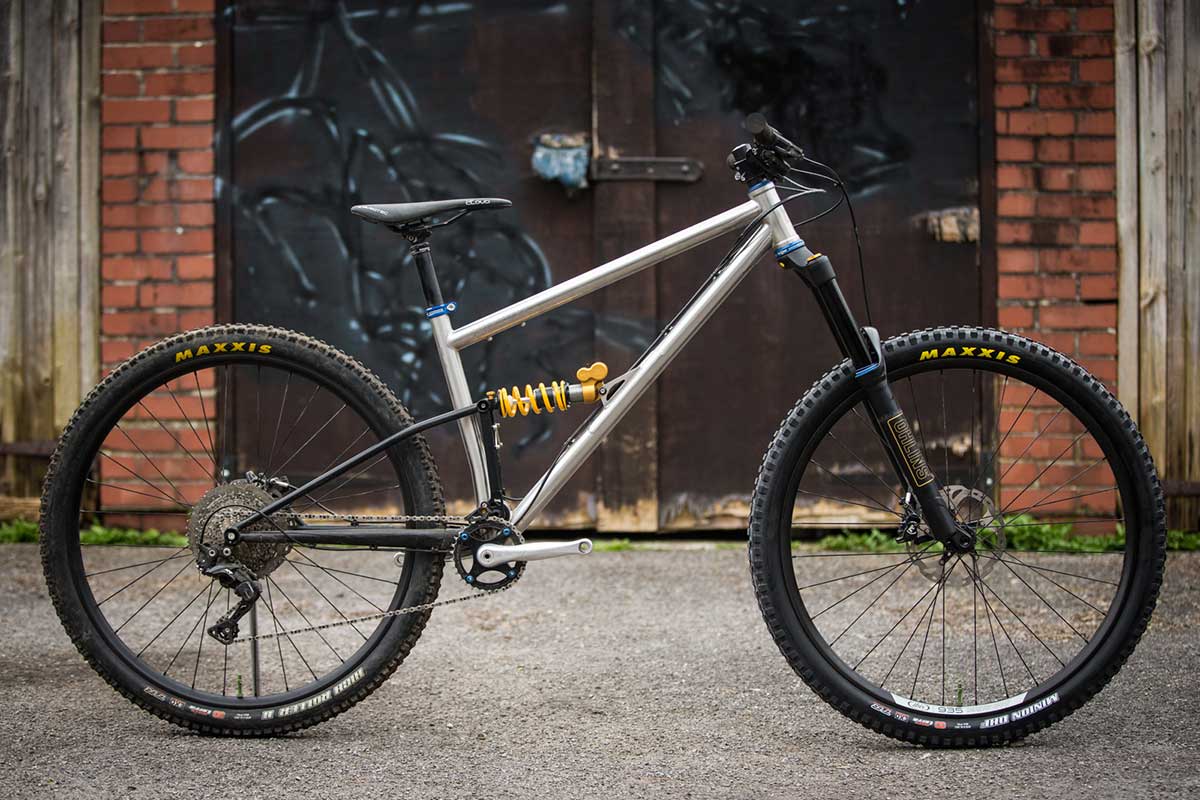
First, weight. All steels, within a small tolerance, are the same density: 7,800 kg/m3. This is the same for cheap mild steel and top end stainless. So, why do different frames weigh different amounts? Well, stronger steels need less material to achieve a certain strength. So, we can forget weight in our consideration and just consider strength.
All steels have the same Young’s Modulus, i.e. stiffness around 200GPa (within a small tolerance). In the case of a bike frame, the overall stiffness is a function of the bike design, and in the example of a typical double diamond frame, a function of frame overall geometry and of tube diameter and wall thickness. Tube diameter dominates the local stiffness (bending, shear, tension, torsion) of a tube massively, but wall thickness has an impact too.
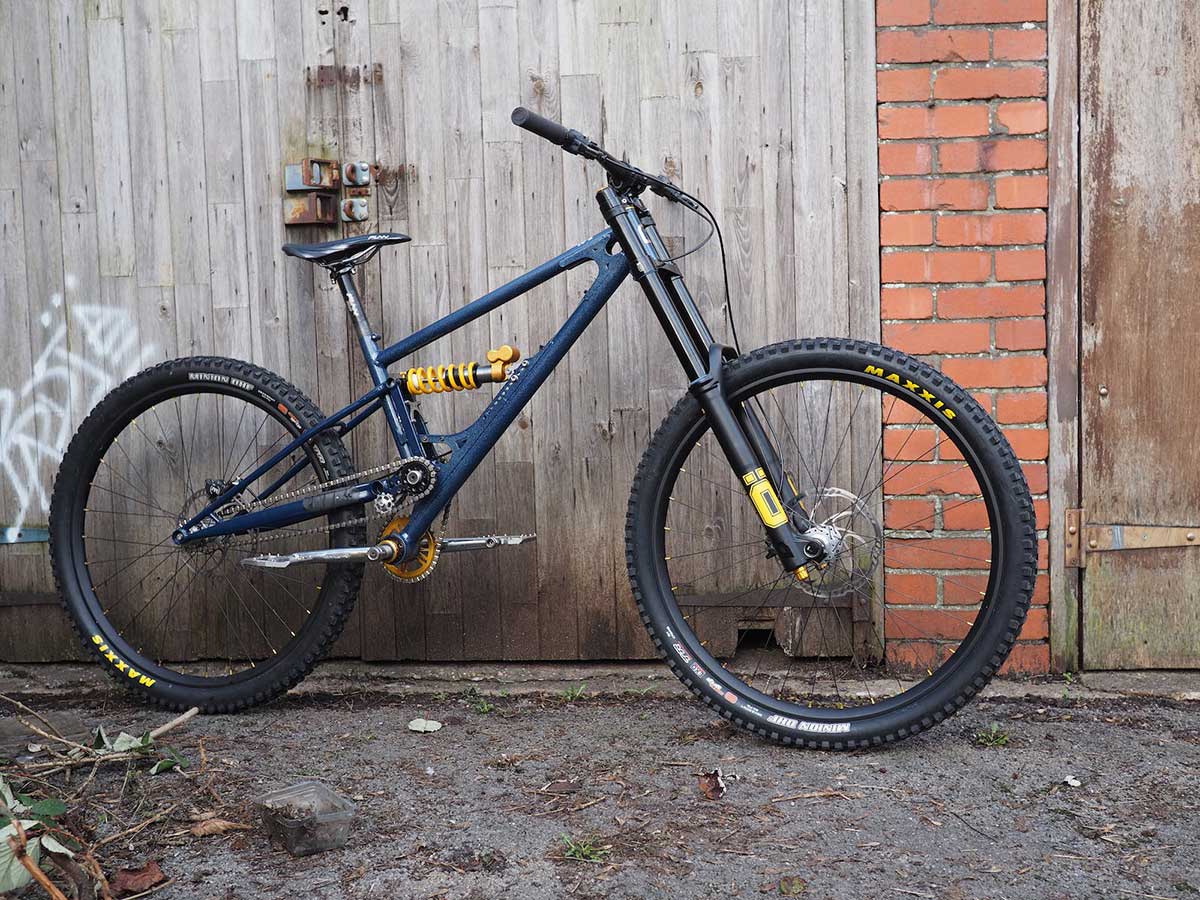
Let’s consider weight and stiffness together. To reiterate, two steel frames of identical geometry, tube diameter and thickness will have the same weight and stiffness, regardless of what steel they are made from. One might be massively stronger than the other, or not rust, or cost huge amounts more, but they will weigh the same and have the same stiffness.
OK, we’ve got that sorted, So let’s move on to a discussion on strength.
Some steels are stronger than others; I use Reynolds tubes for my frames; non heat-treated 631 is strong, heat-treated 853 is stronger, heat-treated stainless 953 is very strong. But the strength I am talking about above is static strength; what happens under a single application of load.
We also need to think about fatigue strength; what happens after lots of applications of load, after 20 years of continued pedaling forces, for example. Typically, the stronger materials are less ductile, i.e. more brittle. This leads to worse fatigue strength. But in reality, steel is plenty strong, and it is often bad design features and poor welds that lead to fatigue failures.
As discussed earlier, a stronger steel means you can use less of it to achieve a certain strength and stiffness, so less weight. However, there is a bit of a limit to this with regards to wall thickness. If the walls get too thin, they will just buckle under load (a function of Young’s Modulus, not material strength) or they will be susceptible to impact damage.
So, once you have a frame that’s strong and stiff enough to achieve what you want it to, there’s no benefits in using stronger materials, you can’t make the walls any thinner to save weight.
Next, we’ll consider manufacturability. The stronger steels tend to be harder to work with, harder to cut and drill, form and weld. And now to cost…
Stronger steels cost more. They tend to require fancy alloying materials and more processes (heat treatment for example). They are also harder to work with, needing more expensive cutting tools, for example.
So, where does that leave us in terms of steel selection for bike frames?
Let’s assume we have a well designed frame solution with no features that could give rise to problems. We’d firstly need to select tube diameters to achieve the stiffness we need. We’d then be compromising between cost and weight; stronger but more costly steel means we can use thinner wall thickness and have less weight. Cheap, weak tubes need more wall thickness and will be heavier.
But, as discussed, all are limited by a minimum wall thickness for buckling and local impacts. So, how does this affect different frames types?
For a road bike you are after the lightest weight, so you’d throw money at it to get the strongest tubes and thinnest walls. It’s less prone to impacts, so you’d maybe compromise a little and risk thinner wall thickness.
For a kids bike, the loading is very low, so you could get away with low strength/cheap tubes, but still achieve small thin tubes for a light weight frame.
For a mountain bike? Well, they are very susceptible to impacts. So, you can’t compromise on wall thickness. This means you don’t necessarily need to use the highest grade steel to achieve the required strength and stiffness, even with the big loads they see.
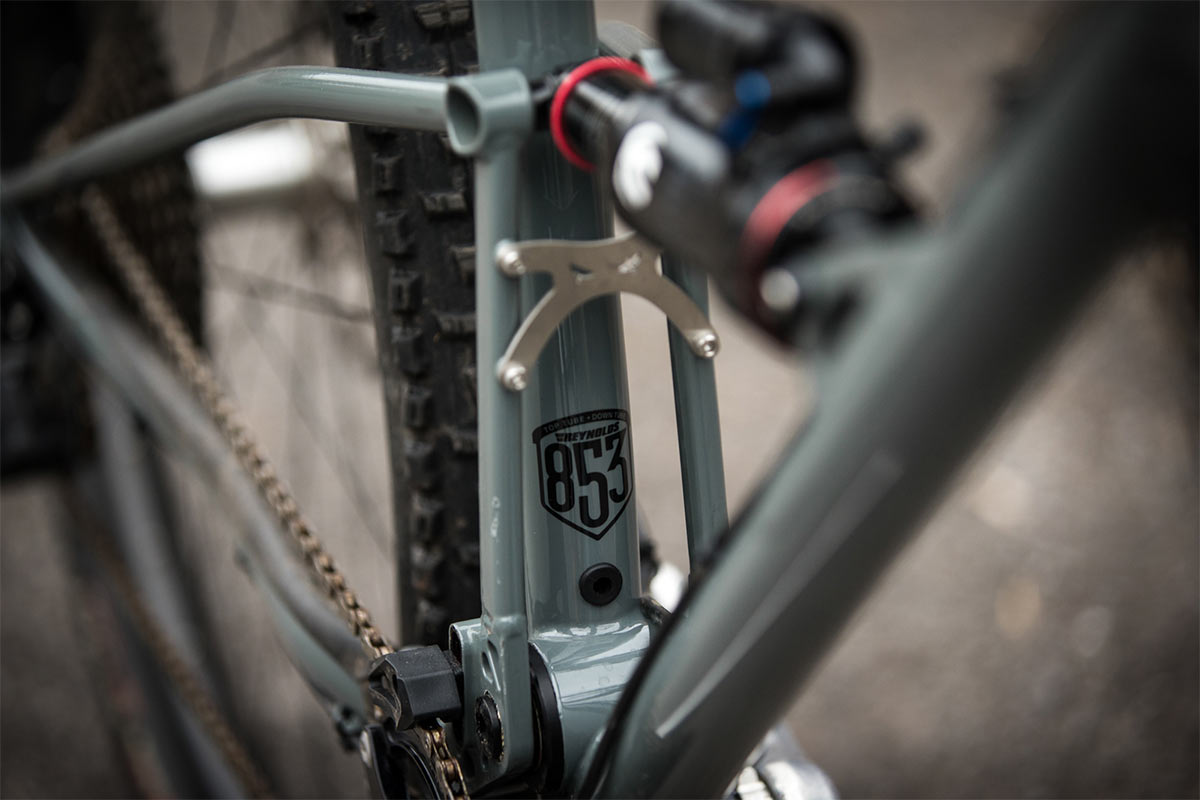
Gravel is silly. I had a gravel drive when I was a kid and it was rubbish to ride my bike on, the local woods were much more fun!
I’ve tried my best to simplify this discussion for all, particularly with my final summaries. Please don’t be a troll and tell me where it’s wrong. If you disagree, write me a properly composed email to explain my errors and we can discuss further…
Got a question of your own? Click here to use the Ask A Stupid Question form to submit questions on any cycling-related topic of your choice, and we’ll get the experts to answer them for you!

